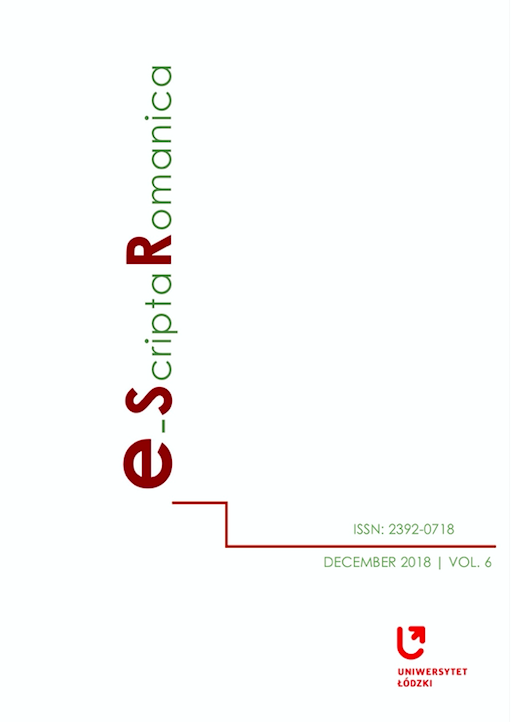Las colocaciones «sustantivo + de + sustantivo» y su ubicación en el lexicón mental de una muestra de hablantes de E/LE
The collocations «noun + preposition de + noun» and their location in the mental lexicon of a sample of S/FL speakers
Author(s): Letizia D’AndreaSubject(s): Language studies, Language and Literature Studies, Foreign languages learning, Phraseology
Published by: Wydawnictwo Uniwersytetu Łódzkiego
Keywords: collocations; «noun + preposition de + noun»; phraseology; Spanish as a foreign language
Summary/Abstract: The collocations «noun + preposition de + noun» are considerably productive in Spanish; however, they usually occupy a marginal place in the teaching of Spanish as a foreign language (S/FL) due to their specific referential nature. Indeed, they are used both to quantify portions of a whole, such as diente de ajo (clove of garlic) and to refer to groups of animated or unanimated entities belonging to the same category, such as bandada de pájaros and racimo de uvas (flock of birds and bunch of grapes, respectively). Therefore, this article aims to offer a syntactic and semantic analysis of this type of collocation and to assess their usage in a sample of 15 intermediate and advanced S/FL speakers.
Journal: e-Scripta Romanica
- Issue Year: 2018
- Issue No: 6
- Page Range: 103-140
- Page Count: 38
- Language: Spanish

